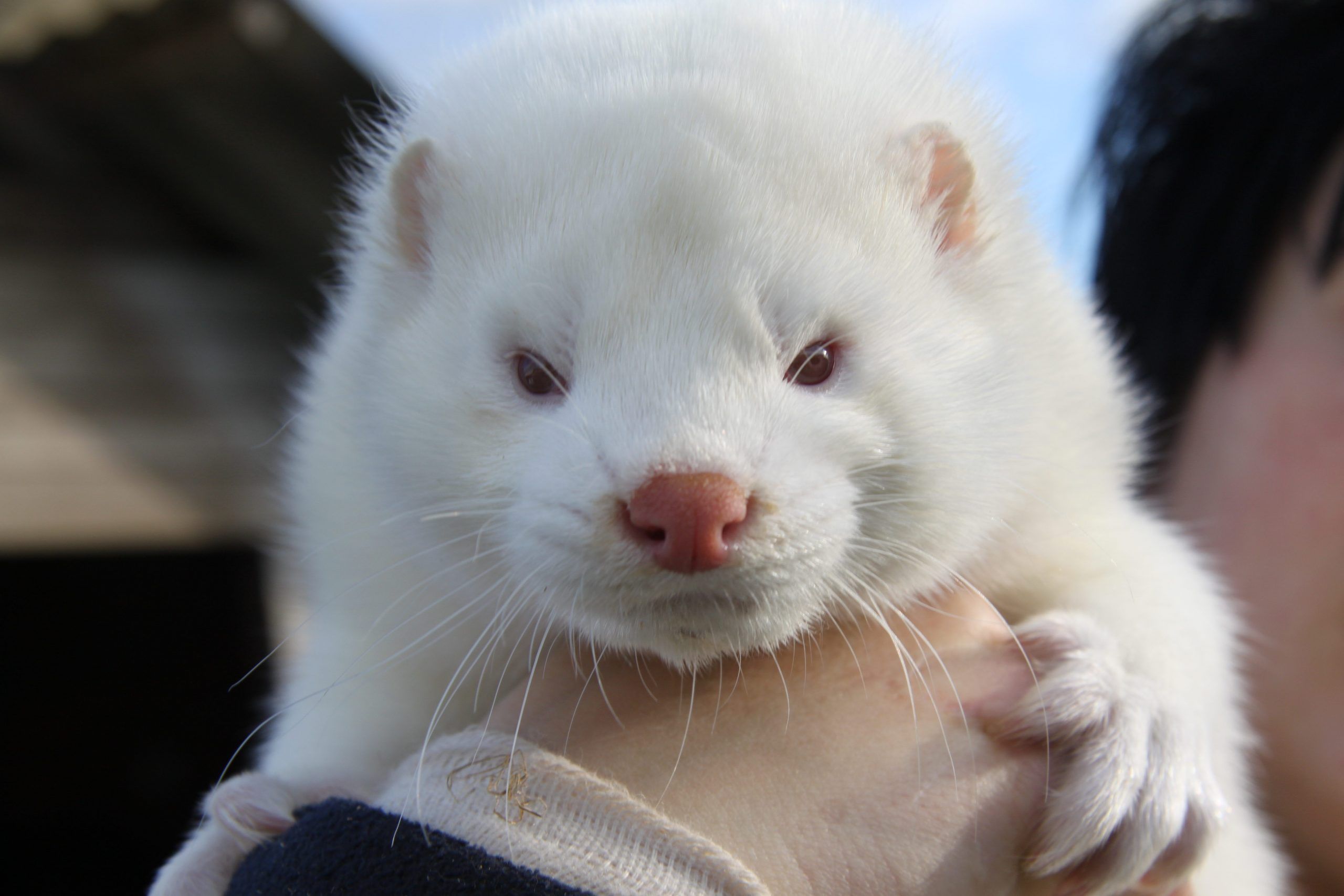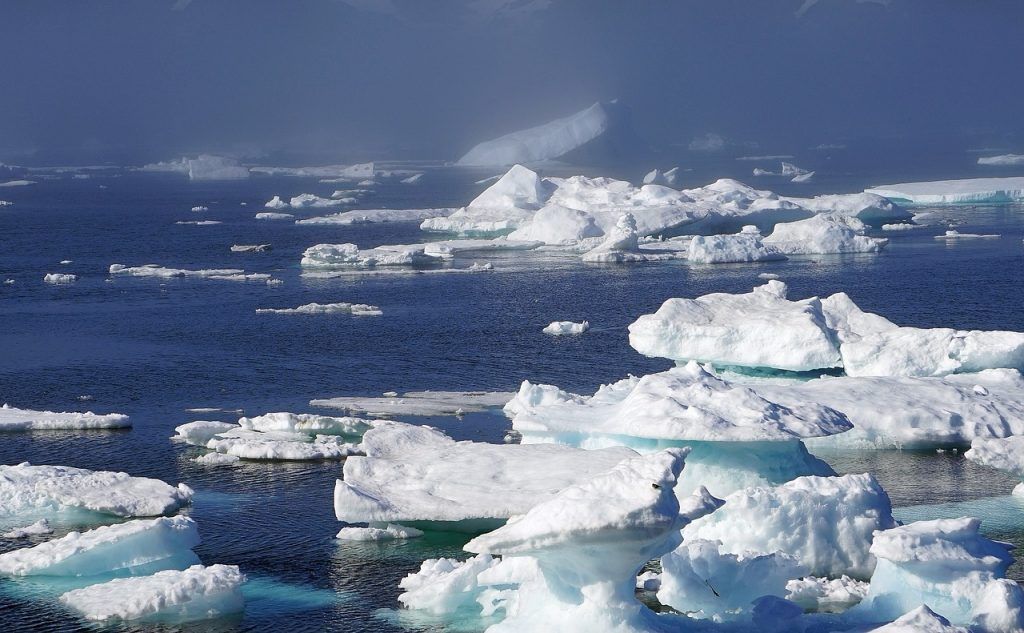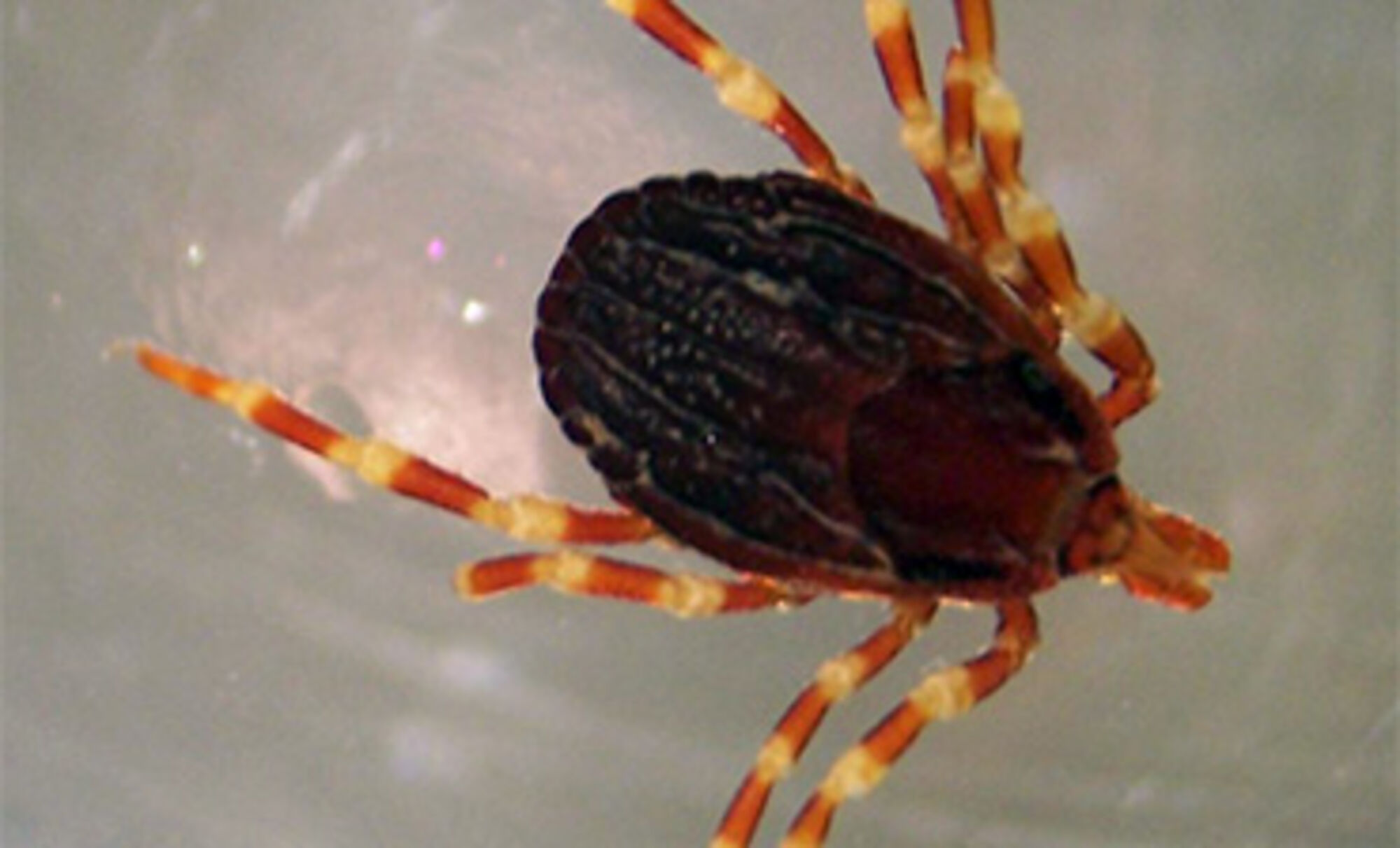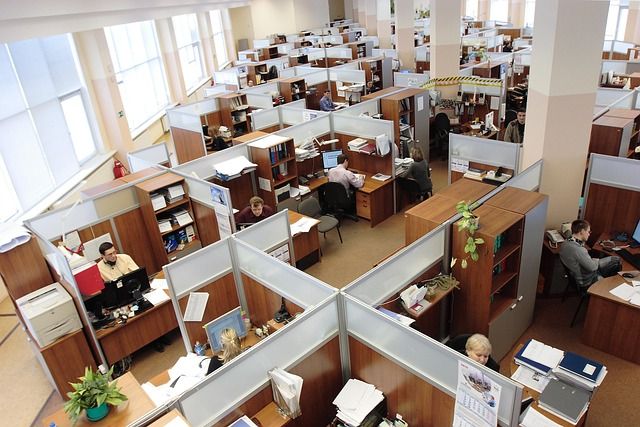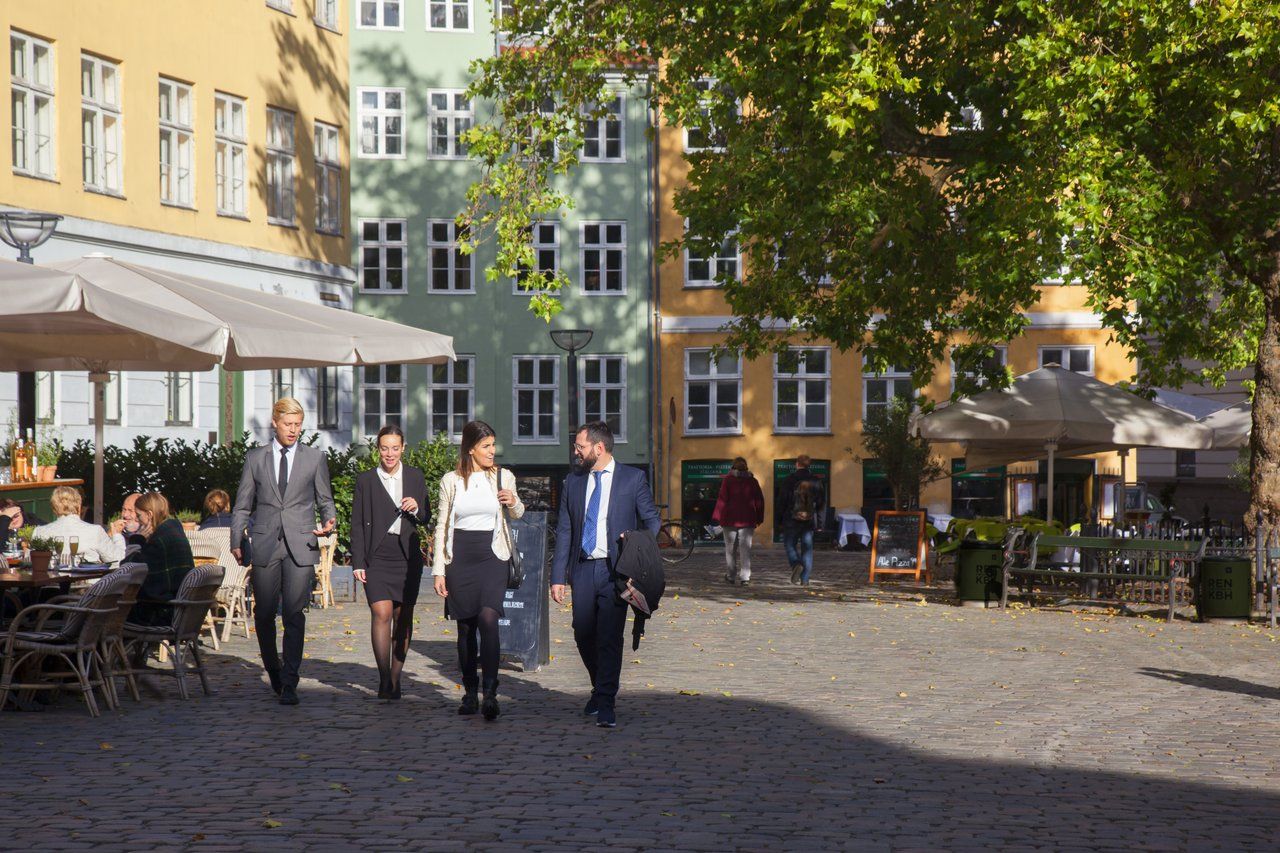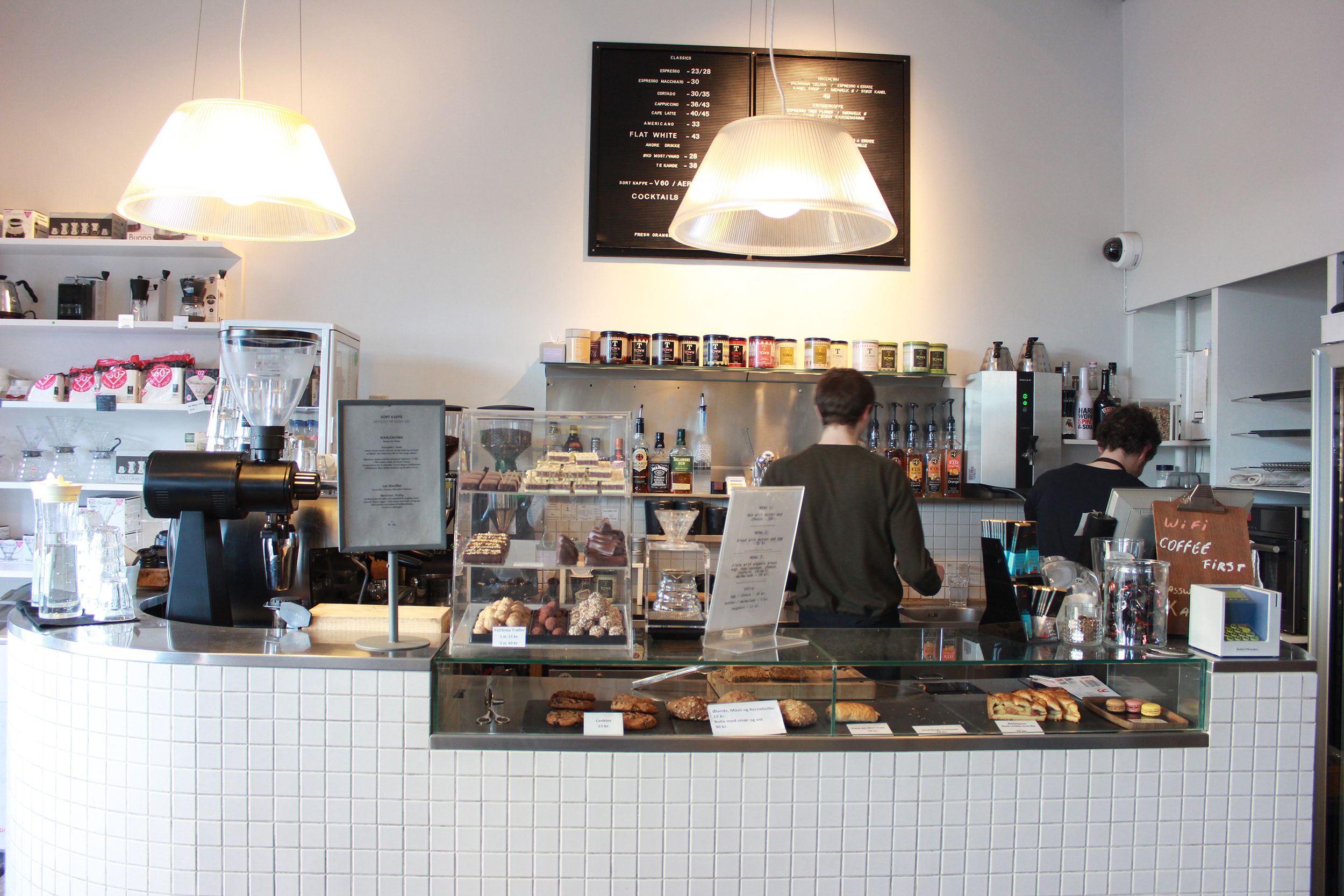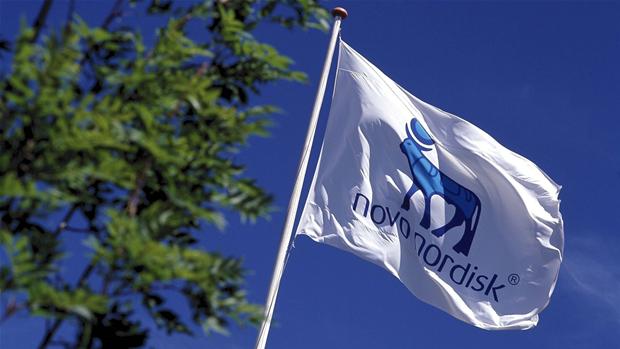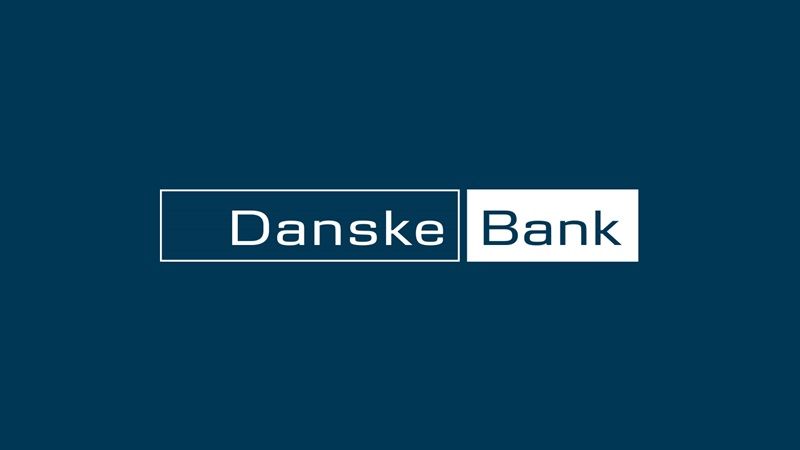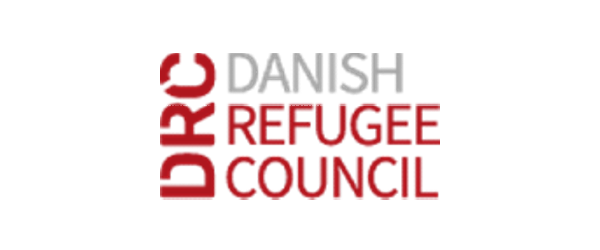“This is the absolute end for Danish mink farms.”
So says a Danish mink farmer, Mads Sørensen, who today claimed that it will take up to 10-15 years for mink fur production in Denmark to fully recover.
This comes after the government called for the destruction of 17 million mink across Danish mink farms, responding to fears that the animals were passing on mutated coronavirus strains to humans – which could set back global efforts to find a vaccine.
The decision is already making waves in the political sphere, with minister Mogens Jensen facing calls to resign after ordering the cull without sound legal jurisdiction. But the destruction of Danish mink also has enormous financial consequences for the country.
Foreign markets weaseling into position
With Danish mink production ending in slaughter, there is a new gap in the market ready to be filled by farms in China, Russia and eastern Europe.
Until now, Denmark was the world’s largest producer of mink skins, bringing in a total of 4.9 billion kroner in exports just last year.
“It’s clear that prices are going to go through the roof,” commented Rudi Pedersen from Minkpapir.
“We will most likely see production rapidly increasing in China, Latvia, Belarus, Ukraine, Romania, and Greece.”
READ ALSO: Minister hanging by a thread as mink scandal intensifies
A huge loss for Danish industry
Danish mink farmers stand, therefore, to not only lose out on a year of income, but also risk losing their position on the international market.
In the meantime, no agreement has been reached on how to compensate mink farmers for the rapid – potentially illegal – destruction of their mink populations.
And though it is just as possible for COVID-19 mutations to cause havoc in foreign mink farms, it might be cold comfort to the Danish farmers already facing the total destruction of their industry.
There are around 2,000 mink farms in Denmark.

